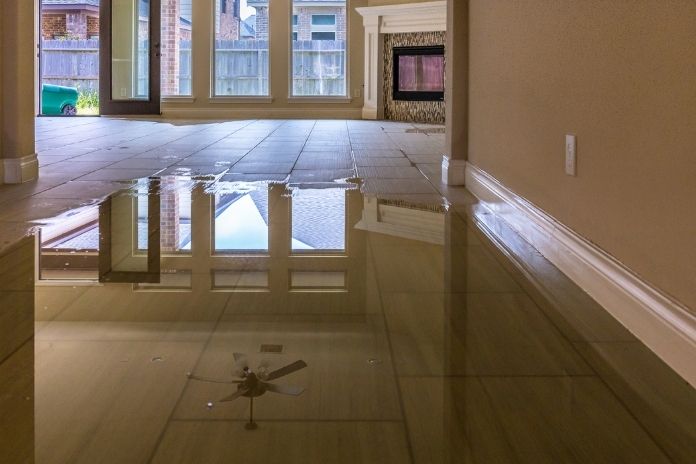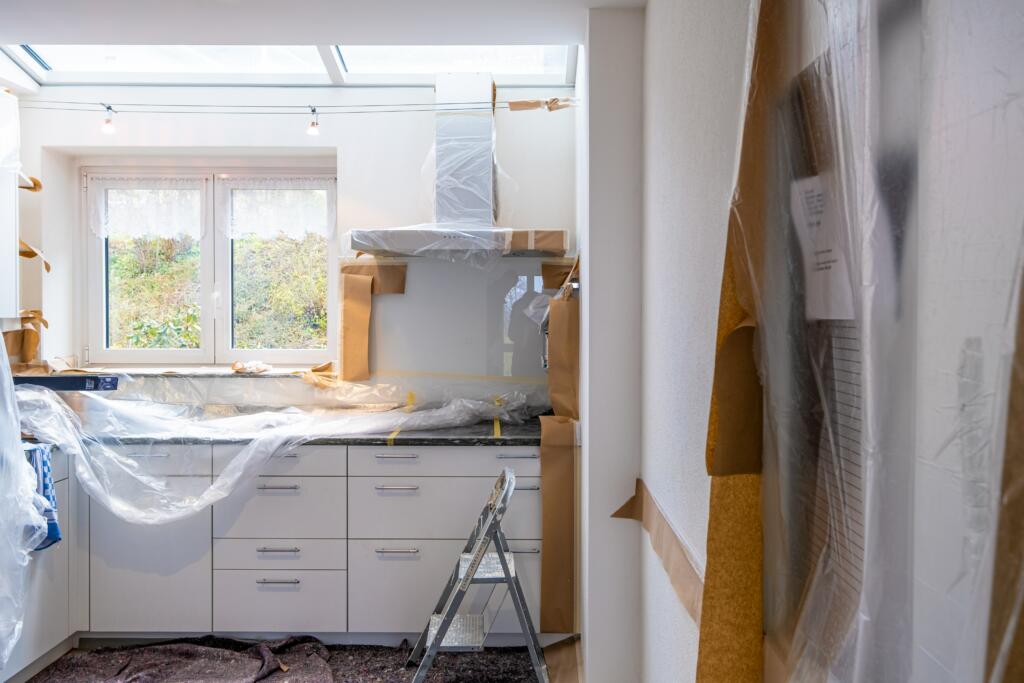
When you’re living on the coast, water damage is almost bound to happen. Whether it’s a simple rainstorm or a full-fledged hurricane, the Caribbean coast has its risks. Use these steps to take to repair home water damage if your house was recently flooded or is at risk of doing so. Consider everything from insurance to property repairs to get your home back to its old self.
Talk To Your Insurance Company
First, whether a tropical storm or burst pipe caused the water damage, assessing the damage and talking to your insurance company is imperative. Your homeowner’s insurance policy should cover any lost items. Take photos before, during, and after the cleanup to show your insurance company so that it can assess the damage. If you live on the Caribbean, your insurance should cover water damage and tropical storm damage. If not, get that covered just in case.
Start Drying Out Your Home
After insurance has assessed everything, turn off the power and start cleaning up. Before all else, remove the floodwater. Plastic buckets, high-powered industrial dryers, and dehumidifiers will all come in handy. Floor fans and dehumidifiers dry hard-to-reach areas, such as in walls or under floorboards. It’s also best to dry your home within 24 hours of the water damage to reduce risk of mold or mildew.

Check for Mold
Checking for mold is one of the most prominent steps to take to repair home water damage. Since mold can grow within 24 hours of water damage, drying your home almost immediately is crucial. Otherwise, mold will grow quickly. Checking for mold is essential, because it can have troubling health effects on humans. Black mold, for example, causes mycotoxicosis, with symptoms such as aches, pains, headaches, memory loss, and nosebleeds. Mildew is another potential issue. Like mold, it’s a form of fungus that can have similar health effects.
Replace Damaged Areas
Replace damaged areas when necessary. You’ll likely need to replace damaged ceilings, floors, drywall, siding, paint, and wood. Certain areas, such as the ceiling, can warp from gravity pressure, which puts your foundational structure at risk. Other areas of the home, specifically with drywall and flooded floors, can sag. Either way, make the necessary repairs as soon as possible to reduce mold or further damage.






























